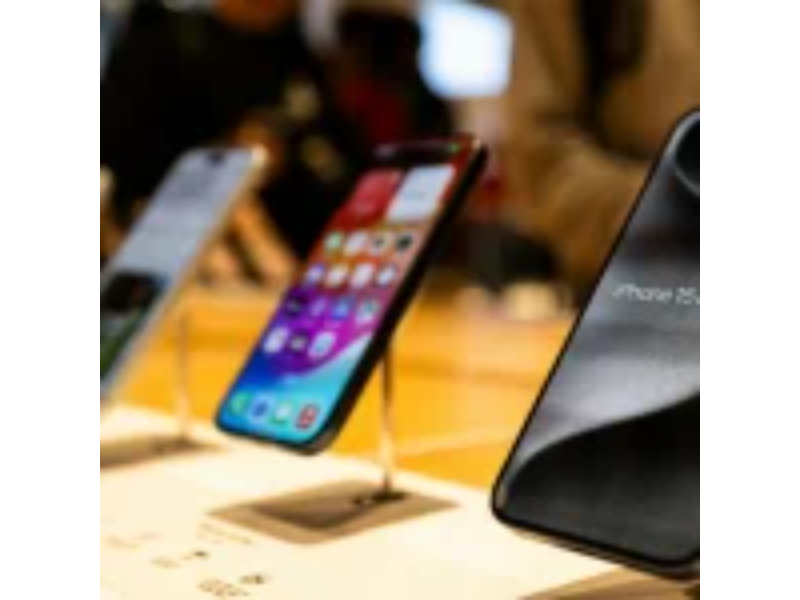- Smartphone shipments are forecast to grow by 4% in 2024 after two years of decline
- The recovery is driven by Android devices and increased 5G adoption, especially in emerging markets.
What happened
According to IDC‘s worldwide quarterly mobile phone Tracker report released on November 26, 2024, total shipments will reach 1.24 billion units this year after two years of “significant declines”.
Pent-up demand for device upgrades is a key driver of the forecasted growth. Android is expected to grow by 7.6% YoY, with strong performance in APeJC, Latin America, the Middle East, Africa, and China. It is especially in low-end devices. In contrast, Apple iOS devices are projected to grow by just 0.4% in 2024, despite strong sales in markets like India. IDC attributes this to challenges Apple faces in China, the US, and Europe. However, IDC expects iOS sales to increase by 3.1% YoY in 2025, surpassing Android’s projected 1.7% growth.
While the 2024 predictions represent a ‘strong rebound’, growth is expected to slow to low single digits from 2025 onward, with a 2.6% CAGR (2023-2028). IDC cites reasons for this as increasing smartphone penetration, lengthening refresh cycles, and ‘headwinds’ from a rapidly growing used smartphone market.
Also read: Foreign smartphone sales in China edged up 2.7% in July
Also read: Apple’s China smartphone shipments drop 6.7% as Huawei surges
What it’s important
The forecasted rebound in the smartphone market has significant implications for both established players and smaller companies in the tech ecosystem. For large manufacturers like Samsung and Apple, the recovery represents an opportunity to capitalize on emerging markets, where demand for budget-friendly 5G Android devices is expected to surge. However, it also raises challenges, particularly in regions where competition from local brands is fierce. For instance, Chinese companies like Xiaomi and Realme, which have aggressively priced their 5G smartphones, may continue to put pressure on giants like Apple, whose iPhones have seen slower growth in price-sensitive markets.
Smaller companies are also poised to benefit, particularly in the burgeoning 5G market. Startups developing specialized devices or offering innovative features tailored to specific regional needs may find new growth opportunities as consumers in emerging markets seek affordable yet future-proof devices. For example, companies like Nothing, with its unique design and competitive pricing, have gained attention in the European and Asian markets. Similarly, startups focusing on accessories and IoT integration could see growth as consumers look for complementary products to enhance their 5G experience.

